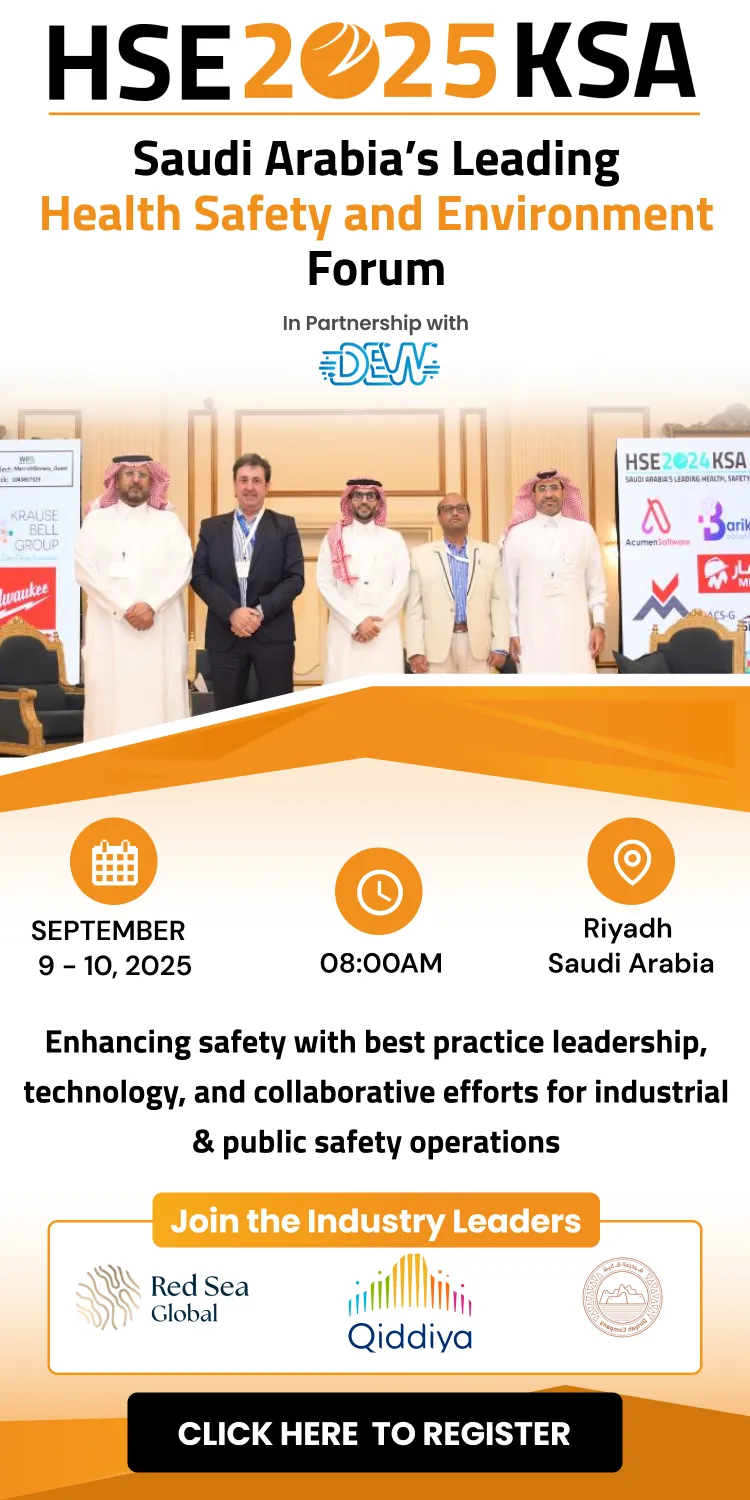PDOs Nadiya al-Harthy and Arabian Industries Projects Porchelvan Nadanam discussed the implications of environmental regulations on projects and contractors, as well as the pressing need for tighter competency management
During the virtual HSE Oman Forum's second session, which handled the environmental footprint of health and safety management across the Middle East, Nadiya al Harthy, Petroleum Development Oman (PDO), and Porchelvan Nadanam, Arabian Industries Projects, dissected the role that HSE management ought to play in environmental regulations and the scope of footprint, from individual change to critical regulation.
On the changes made by Arabian Industries Projects, Nadanam discussed plastic alternatives and initiatives: “Some of the promising initiatives include careful selection of materials, durability of materials, energy efficiency, and considering the role of energy beyond its costs, considering environmental regulations and local and community impact.”
“We’re particularly focused on waste management initiatives. This will minimise environmental impact during construction.”
“We have adapted a lot of those initiatives, like the ban of single use plastics, successfully running the no paper campaign… the Covid-19 pandemic taught us that we can actually live with a lot less printing," added al Harthy.
Beyond the projects themselves, the pair also discussed the HSE management challenges in terms of the environmental crisis.
"As we all know, particularly with a recent solar energy projects, the lack of focus in the conception, design and early construction phases, any shortcomings of footprint will end up in the HSE management planning stages," explained Nadanam.
"In the renewable industry, there is a vast development and innovation increasing energy efficiency at unimaginable proportions. This has opened up new opportunities for new players in the market, but a number of these new players have very little past experience of HSE management. Increased competition, along with pandemic-related time and workforce strength constraints, has resulted in a far from level playing field for HSE management sub-contractors."
Continuing, Nadanam explained, "throughout the process, corners will be cut... HSE happens to be an easy target. This results in sub-contractors and the workforce having little awareness of HSE protocol. Once the operation starts, safety becomes an issue... plants and workers who are used to the practises of 10 to 15 years ago aren't quite changing with the times."
On the key issue of waste disposal across projects, al Harthy said, "Our role here is to hold the hands of contractors and developers, and build a more positive culture around HSE to become all the more responsible.
"On the side of waste generation and disposal, sometimes management looks at the current stage alone, not planning for 20 to 25 years after construction. When you start construction its hard to predict the levels of non-organic radioactive material (NORM) that will need to be disposed of. Companies need to invest more in predicting footprint and the levels of disposable materials generated in the long term."
Nadanam concluded, "Stakeholder management is another challenge, considering the huge footprint that is involved in these projects. Biodiversity and waste disposal become two of the biggest issues. It is possible to dispose of waste responsibly, but it is a matter of quantity. Environmentally damaging waste disposal is a lot less expensive than the responsible way."
Continuing on regarding companies' obligation to environmental responsibility, Nadanam added, "Of course the government is there to record the impact of projects as a whole, but we need to talk about much more than compliance. We should all hold the responsibility to not just report to clients and ministries, but hold individual responsibility as companies."
Drawing the event to a close with a discussion on competency management, Nadanam concluded, "Competency becomes the basis for everything we discuss in HSE... I would rather not choose to make assumptions on how effectively organisations measure competency, but many organisations choose competency as their most used term whilst also ranking it as their most neglected concept.
"Organisations need to clearly establish competence management techniques; it's a lot more than attending or distributing training sessions and materials. Competency is the ability to apply this knowledge- assessments should be continued at every level to ensure competencies are shown in the workforce."
Al-Harthy suggested, "Organisations should have competency framework to identify critical positions, and what level of competency is required across these positions. You need to work on building competencies across all departments. As fluid workforces become all the more common and workers move around between departments, companies must find a way to measure the adherence of competencies."





